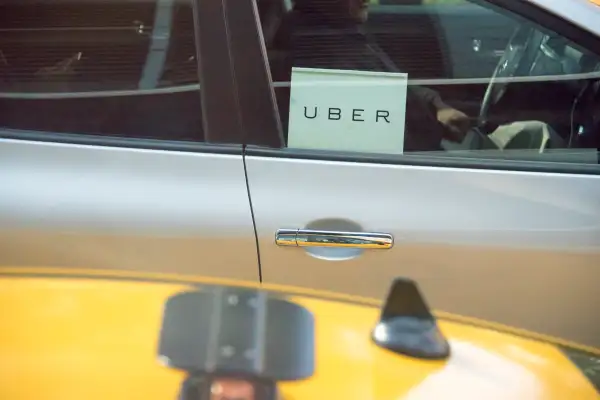How Uber Gets Drivers to Work More and Earn Less

For Uber to be a successful business, it must convince legions of drivers to be out on the roads constantly, willing to pick up riders for small amounts of money, with none of the benefits of full-time employment. It's a terrific situation for riders, and for Uber obviously. But how does Uber get drivers to work under these conditions?
A New York Times investigation published over the weekend found that Uber employs hundreds of data wonks and social scientists to figure out what incentives it can use to entice drivers to be available for work and pick up as many riders as possible—while being paid the least possible. As the article put it, since its beginnings Uber has engaged in an "extraordinary behind-the-scenes experiment in behavioral science to manipulate [drivers] in the service of its corporate growth."
For example, the Times found, drivers are inundated with text messages and emails alerting them about earnings goals and highlighting high-demand areas and times. With a deep understanding of psychology, Uber doles out "noncash rewards of little value" to "prod drivers into working longer and harder — and sometimes at hours and locations that are less lucrative for them," the Times reported.
Local managers sometimes reportedly adopt female personas when sending messages to drivers because the company seems to get better responses that way.
Uber says that drivers are always free to work as much or as little as they want. But Ryan Calo, a law professor at the University of Washington, told the Times that the company's masterful usage of data and psychological is exploitive. “We’re talking about this kind of manipulation that literally affects people’s income,” he said.
